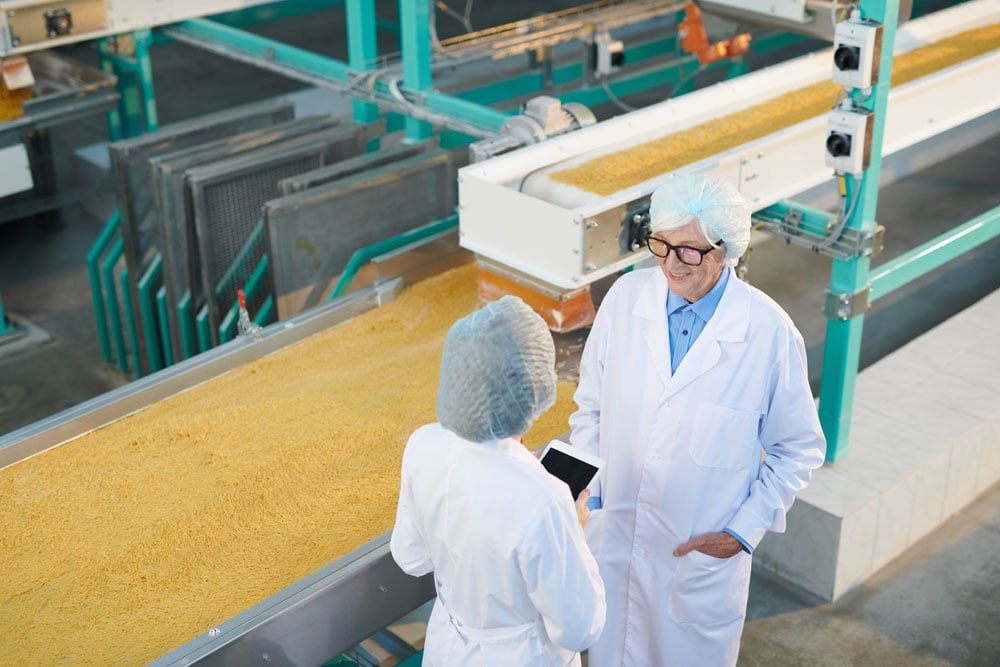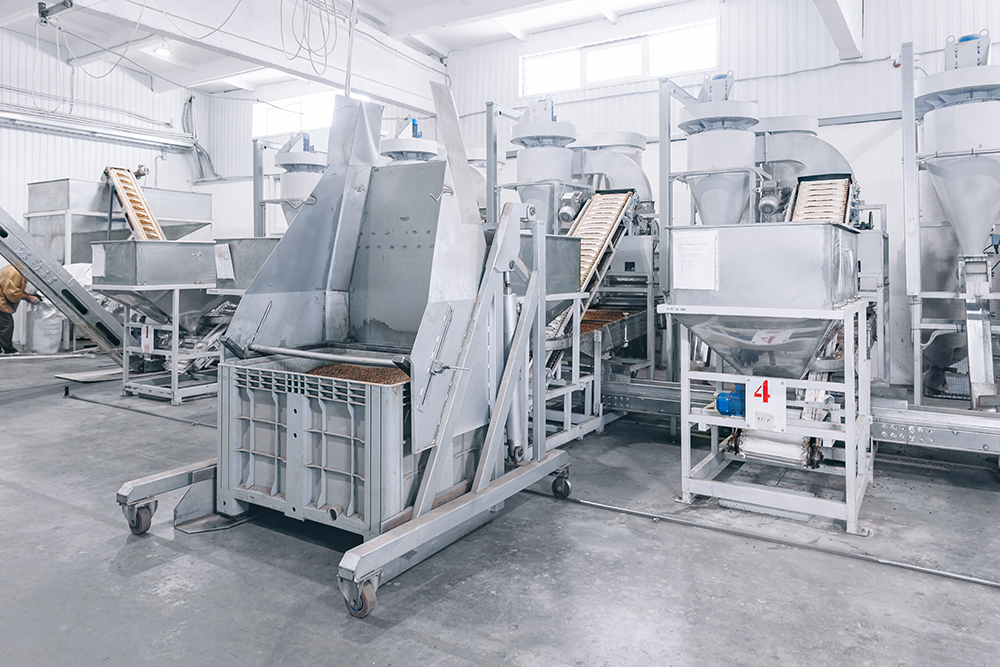Food is vital to human survival, it provides energy and the essential nutrients to sustain a body. It isn't just necessary for survival; it plays a significant role in many cultures, bringing people together and creating shared experiences.
In the past, people did not always worry about where their food came from or how it was produced. Now, it is a significant concern, particularly in the U.S., where food safety has become critical in the food industry. The FDA and USDA have food safety requirements for every aspect of the food industry, including food warehouses and distribution centers.
WHAT DOES FOOD SAFETY REALLY MEAN?
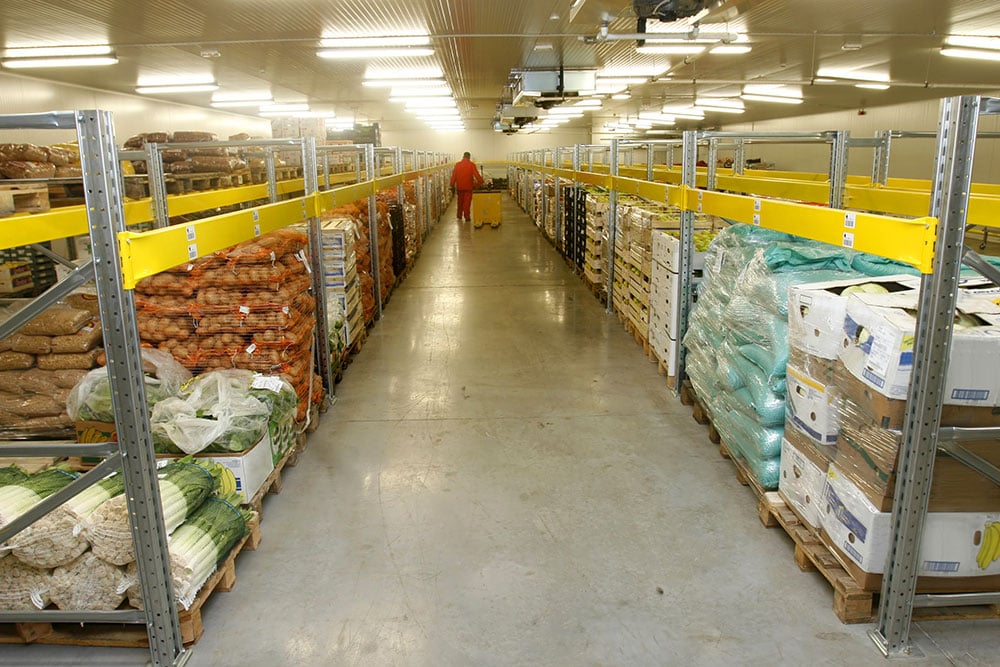
Food safety is a term that refers to the methods and procedures implemented during food preparation, processing, storage, and distribution. The ultimate goal of food safety is to preserve the quality of food products and eliminate foodborne bacteria, which can cause contamination and illness. There are many aspects of food safety, and all of them are overseen by the USDA and FDA, which have created strict guidelines food facilities must follow. These rules include how to handle products, how to set up a facility, and how to clean. Failure to follow these rules can lead to serious legal and financial consequences.
Rules can differ depending on the area of the food industry. Food safety for warehousing and distribution centers is one such area that has a set of specific requirements.
FOOD SAFETY RULES FOR WAREHOUSES AND DISTRIBUTION CENTERS
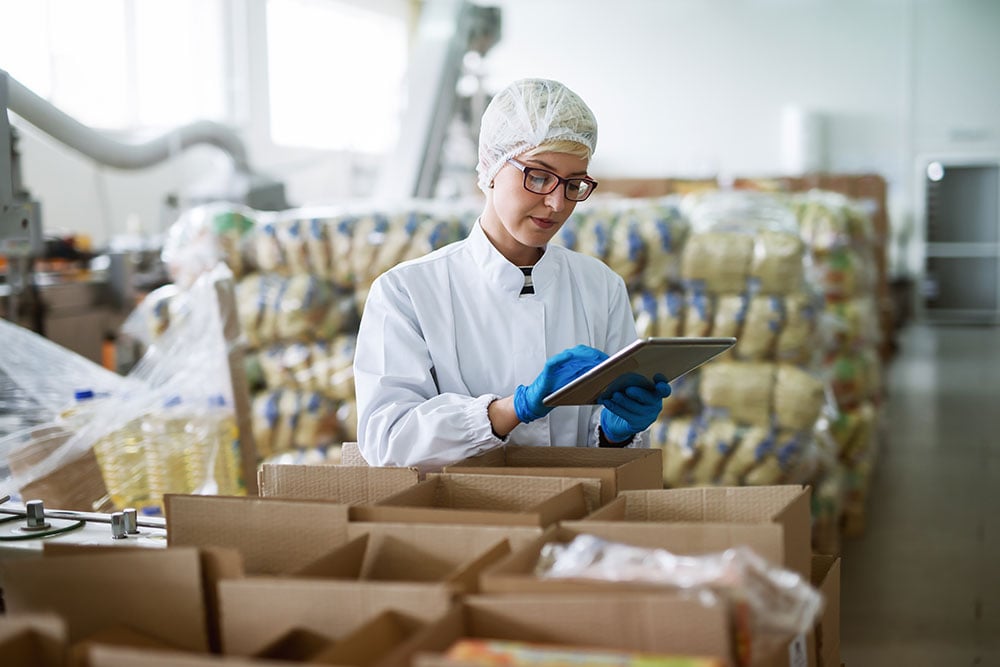
Food warehouses and distribution centers are expected to abide by food safety just as much as any production facility. The difference is in the rules they must follow, with rules for these facilities focused on proper storage. These aren't just rules–they are requirements that are enforced by the government to ensure the highest standards possible.
CHILLED AND REFRIGERATED STORAGE
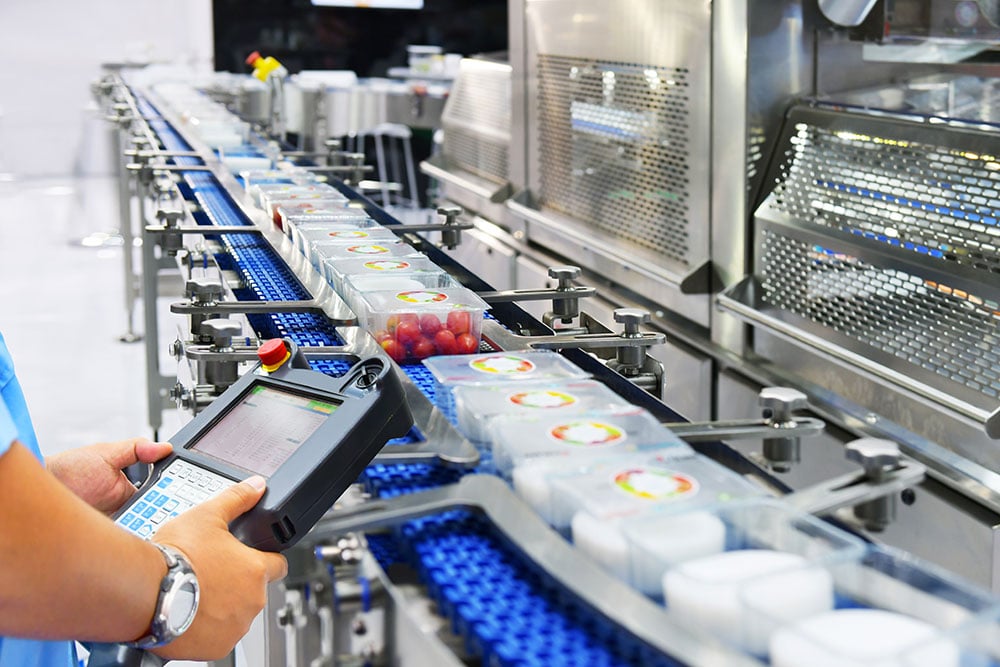
Like cold and frozen foods, refrigerated and chilled items require a specific temperature range. These foods include fresh meat and poultry, fruits, vegetables, dairy products, and eggs. For these items, temperatures must remain at a constant 40º F or lower. Otherwise, they are at an increased risk of bacteria growth.
COLD AND FROZEN STORAGE
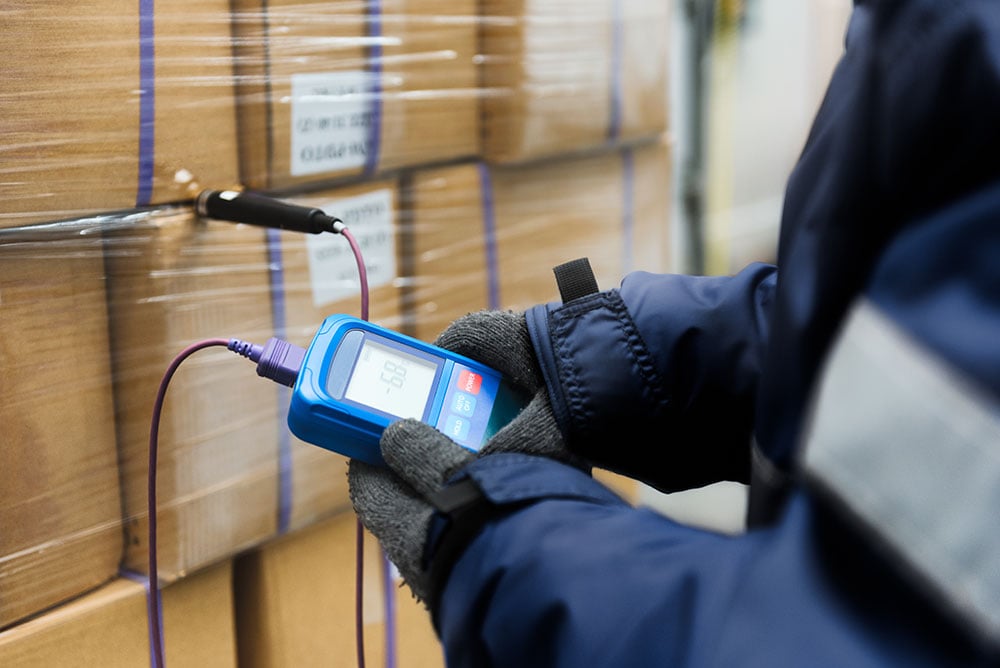
Maintaining the temperatures in freezers and cold storage units is vital to avoid bacteria growth, which can seriously increase the odds of foodborne illnesses. Freezers should maintain a constant temperature of 0ºF or less. If the temperature rises, food can spoil, and bacteria can begin growing. To monitor these temperatures, you need reliable thermometers that must be checked regularly.
DRY FOOD STORAGE
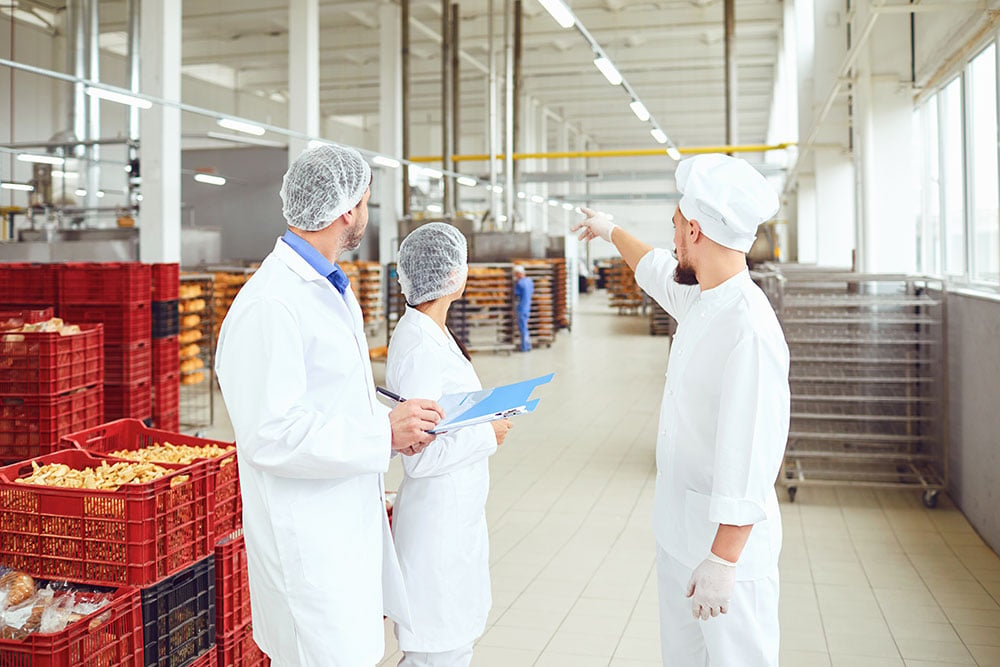
Dry food products include canned goods, dehydrated items, grains, pasta, rice, jerky, and other similar items. These types of foods do not require the same storage considerations as cold and frozen products, but they still have certain safety considerations to keep in mind.
Temperature Control
Temperature control isn't just essential for cold and frozen storage; dry food also requires careful temperature control. Higher temperatures will shorten the shelf life of dry food products. Dry foods need to be stored carefully for the best possible shelf life possible.
Moisture Levels
Moisture is a major issue with dry food and can affect its longevity. The dryer the food and the storage space, the better the food products will keep. Maintaining the proper moisture levels will also reduce the risk of bacteria formation, since bacteria commonly form in wet or moist environments.
Using Appropriate Containers
Food safety for warehousing and distribution centers isn't only concerned with temperature and moisture levels. Oxygen levels can also affect the shelf life of food products. For food to have the longest shelf life possible, products need to be fully vacuum-sealed.
For foods that are not vacuum-sealed, choosing an appropriate air-tight container is critical to prolonging the shelf life. Containers like cans offer better protection for food items than bags and pouches.
INSTALL A MODERN DRAINAGE SYSTEM
Another important component of food safety for warehousing and distribution centers includes choosing the right drainage system. FoodSafe Drains offers different floor drain options approved for food industry facilities. They offer three main options: the 10,000 Series Slot Drain, trench drains, and area drains.
The trench drain is a traditional system with a large flow capacity that requires a grate, while the Slot Drain is a newer version of the trench drain that features a slim design that does not require a grate; area drains are ideal for places with minimal space. These systems are efficient and highly durable, with a stainless steel design.
NEVER OVERLOOK FOOD SAFETY
If there is one thing that is true for the food industry, it is that food safety is critical. The food safety standards set by the FDA and USDA are what protect facilities and consumers from seriously harmful bacteria and foodborne illnesses. A large part of food safety for warehousing and distribution centers is proper storage, but you can never overlook other aspects of food safety, like the right floor drainage. No matter what, it is crucial to take the time to set up your warehouse or distribution with food safety in mind.
Contact the experts at FoodSafe Drains today to learn more about the standard for drainage that helps keep food production warehousing and distributing safe.
